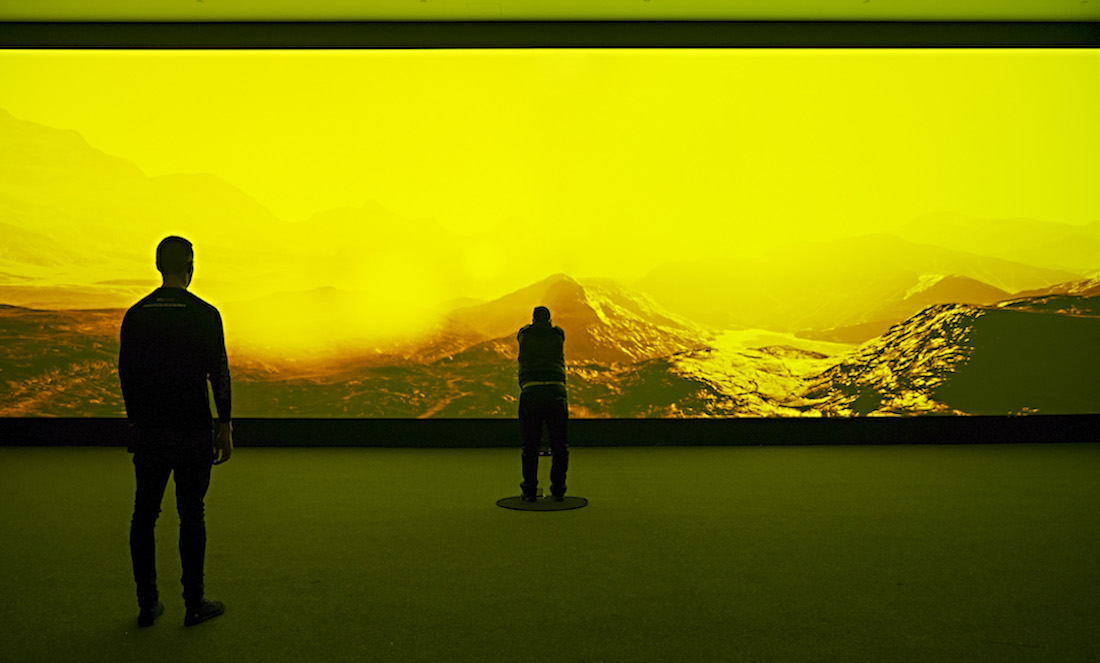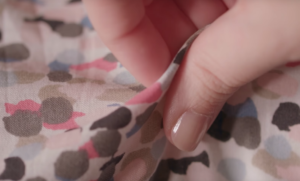Republishing our content
We want our stories to be shared and seen by as many people as possible.
Therefore, unless it says otherwise, copyright on the stories on Particle belongs to Scitech and they are published under a Creative Commons Attribution-NoDerivatives 4.0 International License.
This allows you to republish our articles online or in print for free. You just need to credit us and link to us, and you can’t edit our material or sell it separately.
Using the ‘republish’ button on our website is the easiest way to meet our guidelines.
Guidelines
You cannot edit the article.
When republishing, you have to credit our authors, ideally in the byline. You have to credit Particle with a link back to the original publication on Particle.
If you’re republishing online, you must use our pageview counter, link to us and include links from our story. Our page view counter is a small pixel-ping (invisible to the eye) that allows us to know when our content is republished. It’s a condition of our guidelines that you include our counter. If you use the ‘republish’ then you’ll capture our page counter.
If you’re republishing in print, please email us to let us so we know about it (we get very proud to see our work republished) and you must include the Particle logo next to the credits. Download logo here.
If you wish to republish all our stories, please contact us directly to discuss this opportunity.
Images
Most of the images used on Particle are copyright of the photographer who made them.
It is your responsibility to confirm that you’re licensed to republish images in our articles.
Video
All Particle videos can be accessed through YouTube under the Standard YouTube Licence.
The Standard YouTube licence
- This licence is ‘All Rights Reserved’, granting provisions for YouTube to display the content, and YouTube’s visitors to stream the content. This means that the content may be streamed from YouTube but specifically forbids downloading, adaptation, and redistribution, except where otherwise licensed. When uploading your content to YouTube it will automatically use the Standard YouTube licence. You can check this by clicking on Advanced Settings and looking at the dropdown box ‘License and rights ownership’.
- When a user is uploading a video he has license options that he can choose from. The first option is “standard YouTube License” which means that you grant the broadcasting rights to YouTube. This essentially means that your video can only be accessed from YouTube for watching purpose and cannot be reproduced or distributed in any other form without your consent.
Contact
For more information about using our content, email us: particle@scitech.org.au
Copy this HTML into your CMS
Press Ctrl+C to copy








